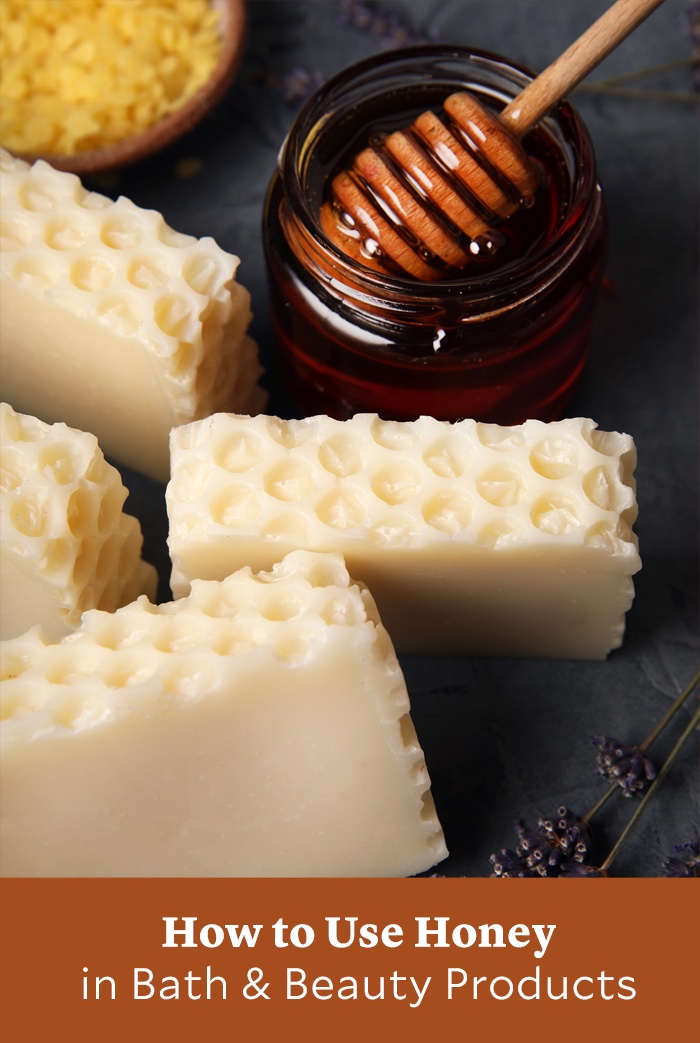
Honey is a popular choice for handmade bath and body products. It's a humectant, which means it draws moisture to the skin and keeps it hydrated. But, due to the natural sugars, water solubility, and texture, honey can be tricky to work with. Find tips for adding it to soap, balms, and emulsified products below.
Cold process soap
Along with the humectant properties, honey helps create bubbles in cold process soap. It's also great from a marketing standpoint. You can add it to the oils or at trace. Some makers also dilute the honey in water, then add the mixture at trace. Which method you choose is personal preference.
The natural sugars in honey can overheat and scorch in cold process soap. That can cause discoloration or a brittle texture in the final bars. It also increases the likelihood of cracking, acceleration, or a soap volcano.
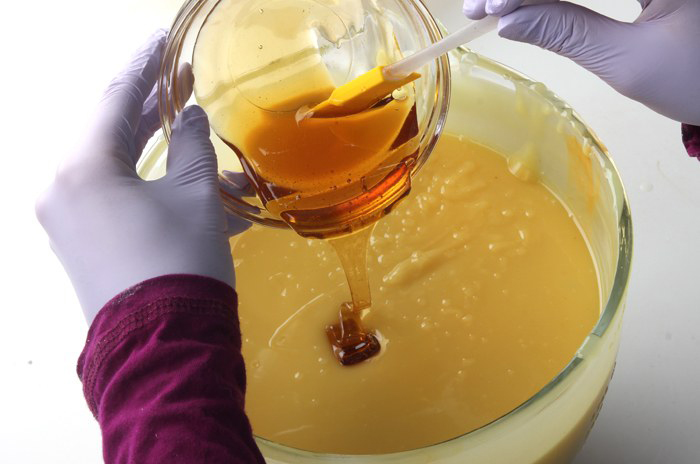
The key to working with honey is using a small amount. We recommend no more than 1 teaspoon of honey per pound of soap. We also recommend cooler temperatures to prevent that scorching - start with your lye and oils around 100° F. Once the soap is in the mold, put it in the freezer for 24 hours.
In the photo below, you can see what happens when there's too much honey in the recipe and it overheats. Both batches contained 2 teaspoons of honey per pound of soap. The bar on the left was kept at room temperature, and the bar on the right was kept in the freezer.
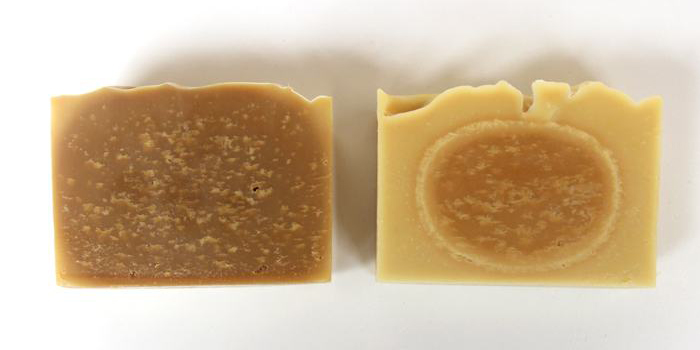
Melt and pour soap
When it comes to melt and pour, we don't recommend adding too many extras like oil or butter. They can make the soap oily or soft, and they inhibit lather and increase the chances of glycerin dew. The same goes for honey - we recommend no more than 1/2 teaspoon per pound.
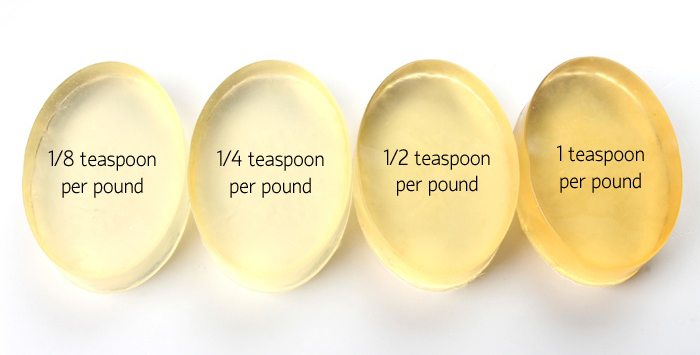
We tested honey in Clear Melt and Pour Soap Base at the different usage rates listed above. Once the bars were cool, most of them were still firm. The only exception was the bar with 1 teaspoon of honey per pound. In the photo below, you can see the sides of the soap dented when squeezed.
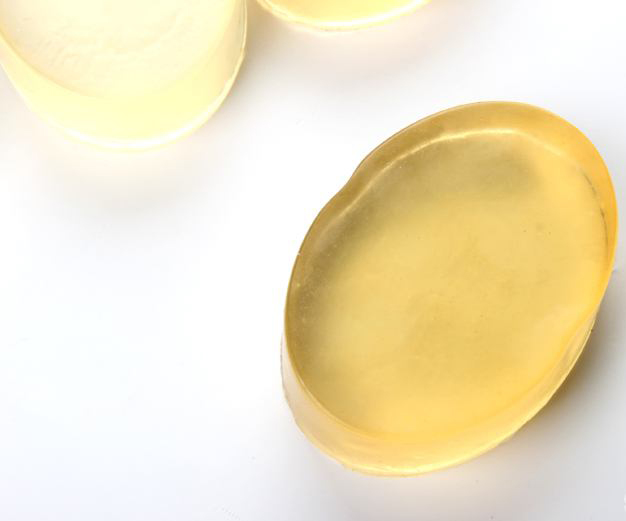
We tested the lather too. The soap with 1/8th teaspoon of honey per pound (left) had slightly fluffier lather. The soap with a full teaspoon per pound (right) had very dense, creamy lather because the extra honey weighed down the bubbles.
If you want to skip a few steps, pick up our Honey Melt and Pour Soap Base instead.
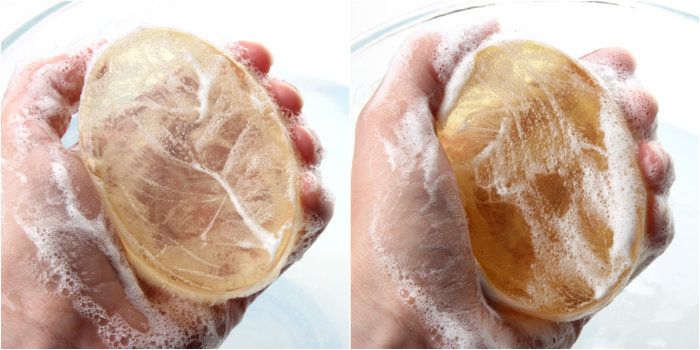
Balms
Honey is water soluble, so it won't fully incorporate into recipes that are 100% oils and butters. Below, we added 1/2 teaspoon of honey to 4 ounces of Lip Balm Base. Notice the little drops at the bottom? That’s the honey not mixing in.
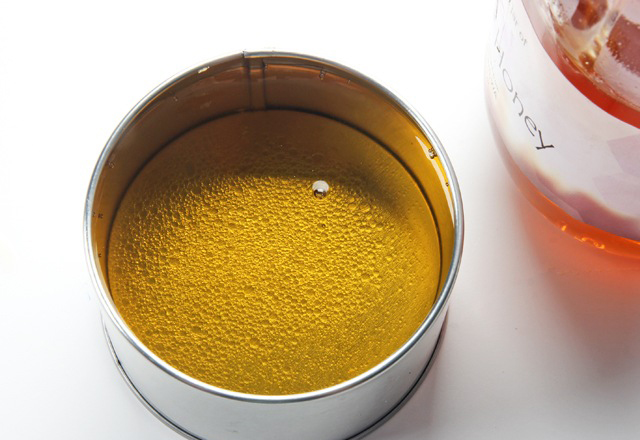
The balm may look fine at first, but after a few weeks you'll start to see separation. In the photo below, you can see honey pooling in the bottom of the container.
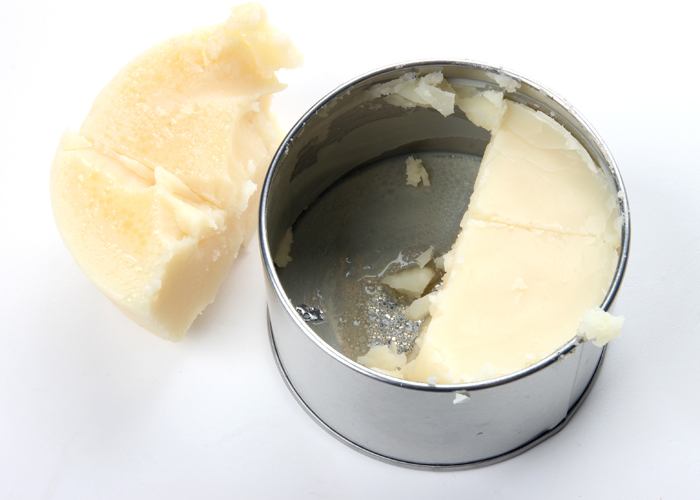
If you’d like to use honey in a balm or other anhydrous product, you need to use an emulsifier. You'll also need a preservative like Optiphen or Phenonip to prevent mold and bacteria growth. Learn more about preservatives here.
Emulsified products
You can easily add honey to emulsified products like lotion or scrub. Just add it to hot distilled water and stir until it's fully dissolved. A little honey goes a long way - we recommend 5% or less.
While honey does boast some antibacterial activity, it's not a sufficient preservative. Make sure to add Optiphen or Phenonip to your recipe.
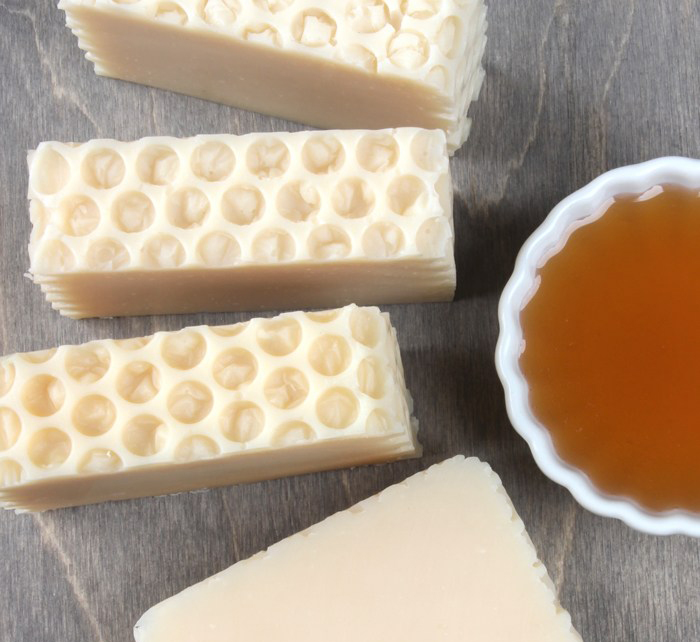
Find honey project inspiration here!

